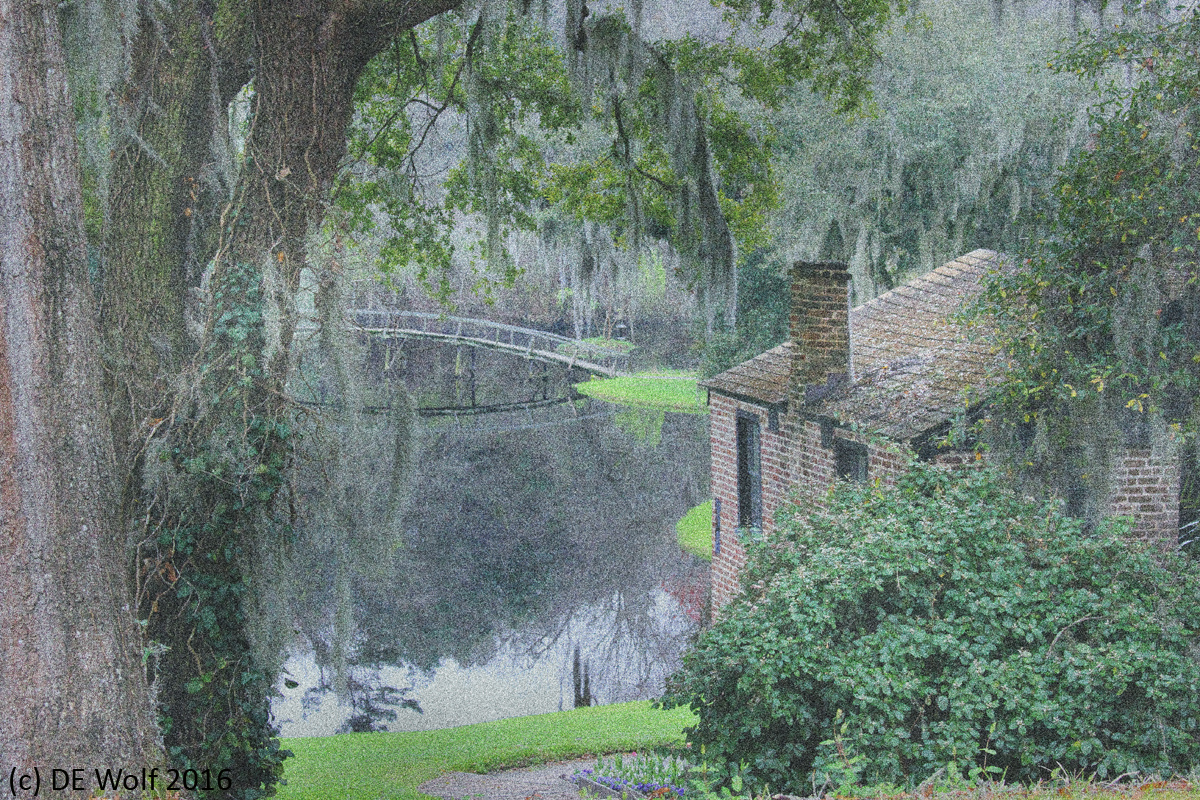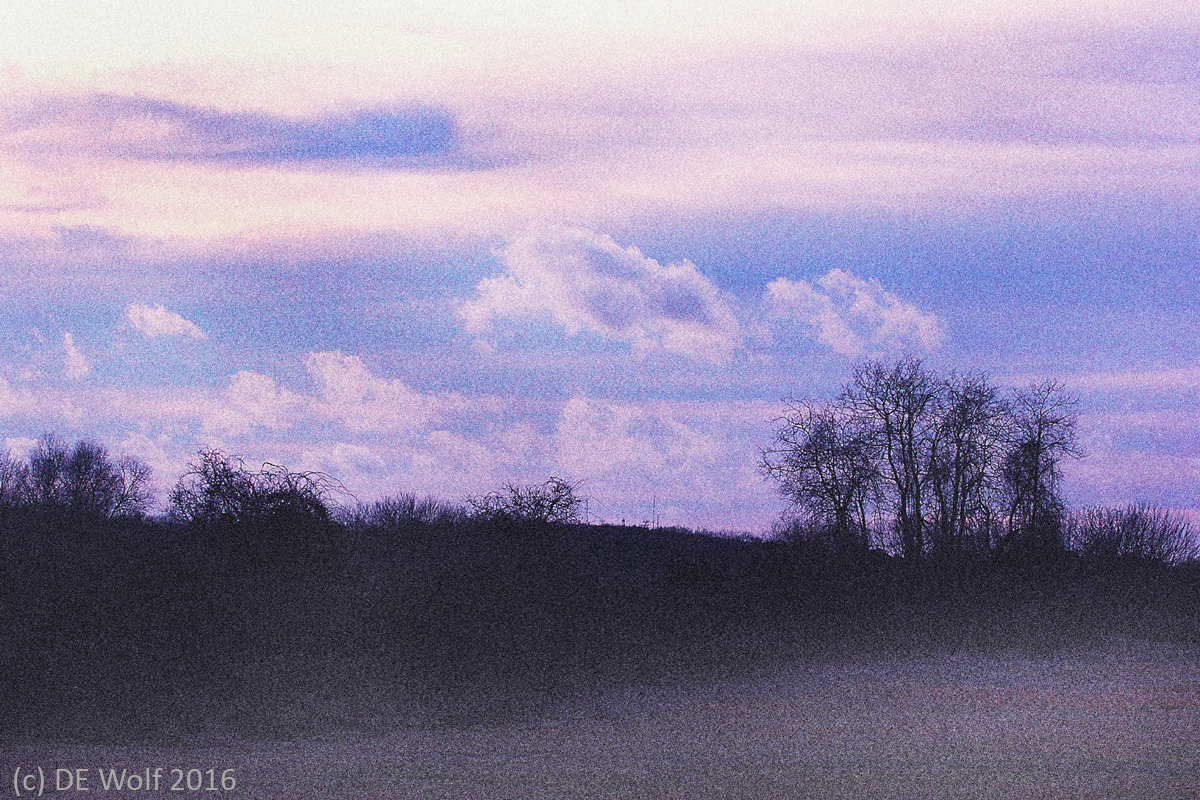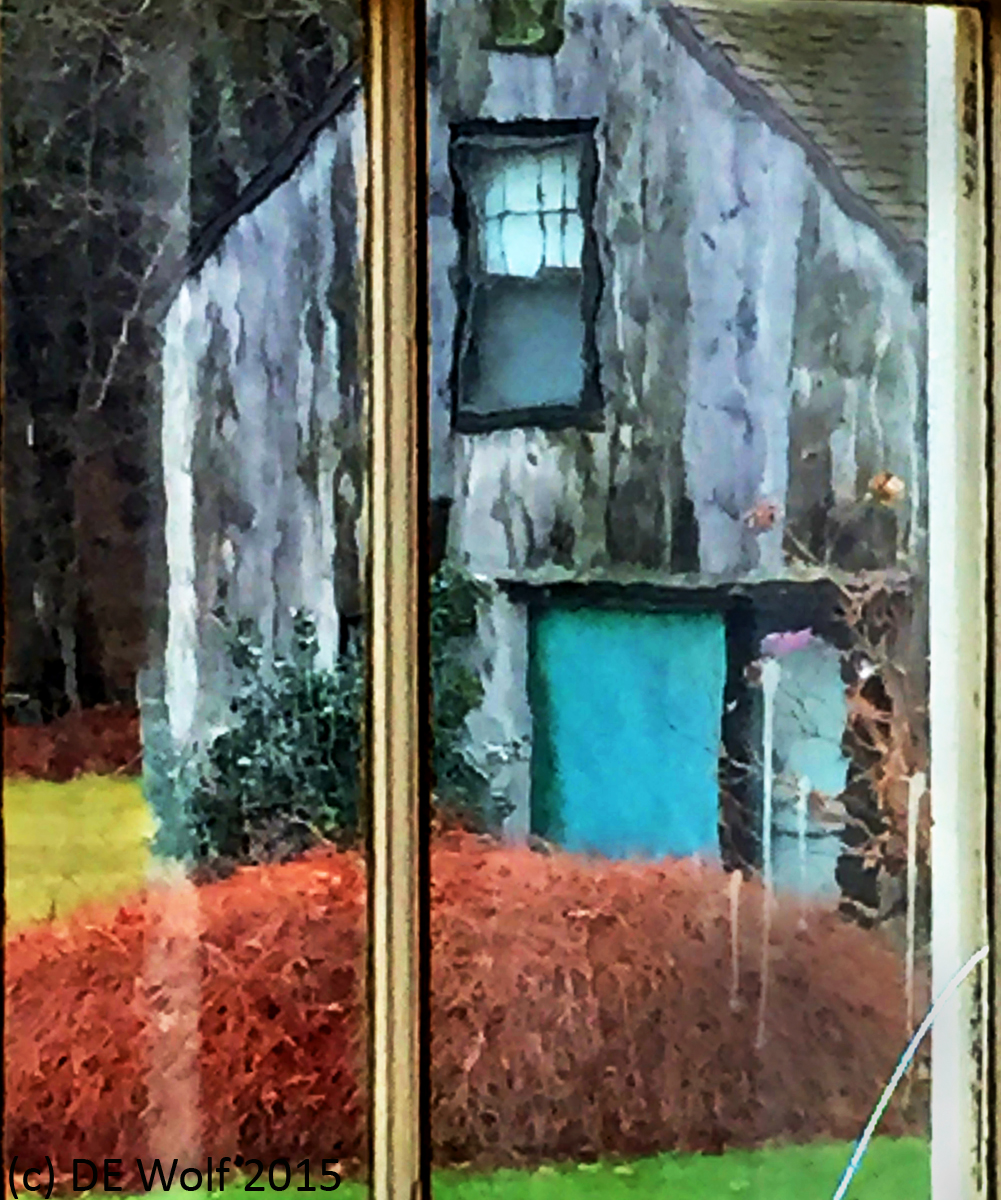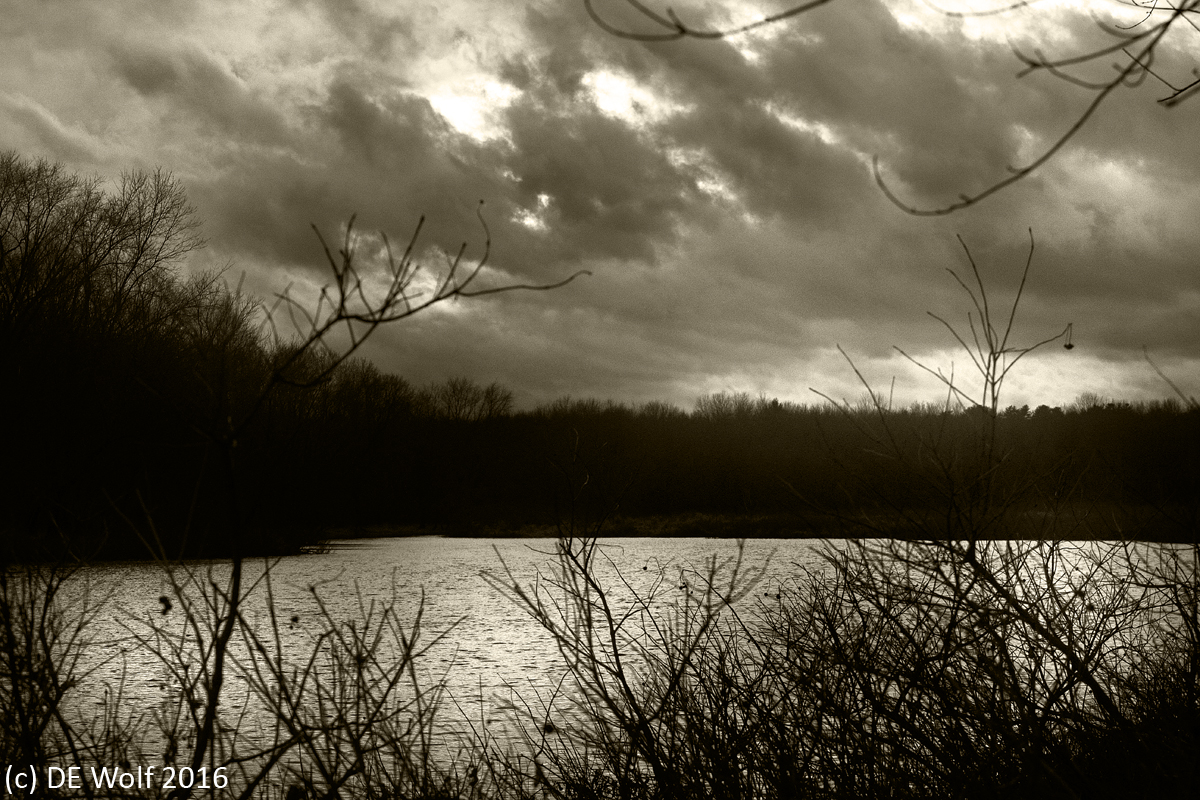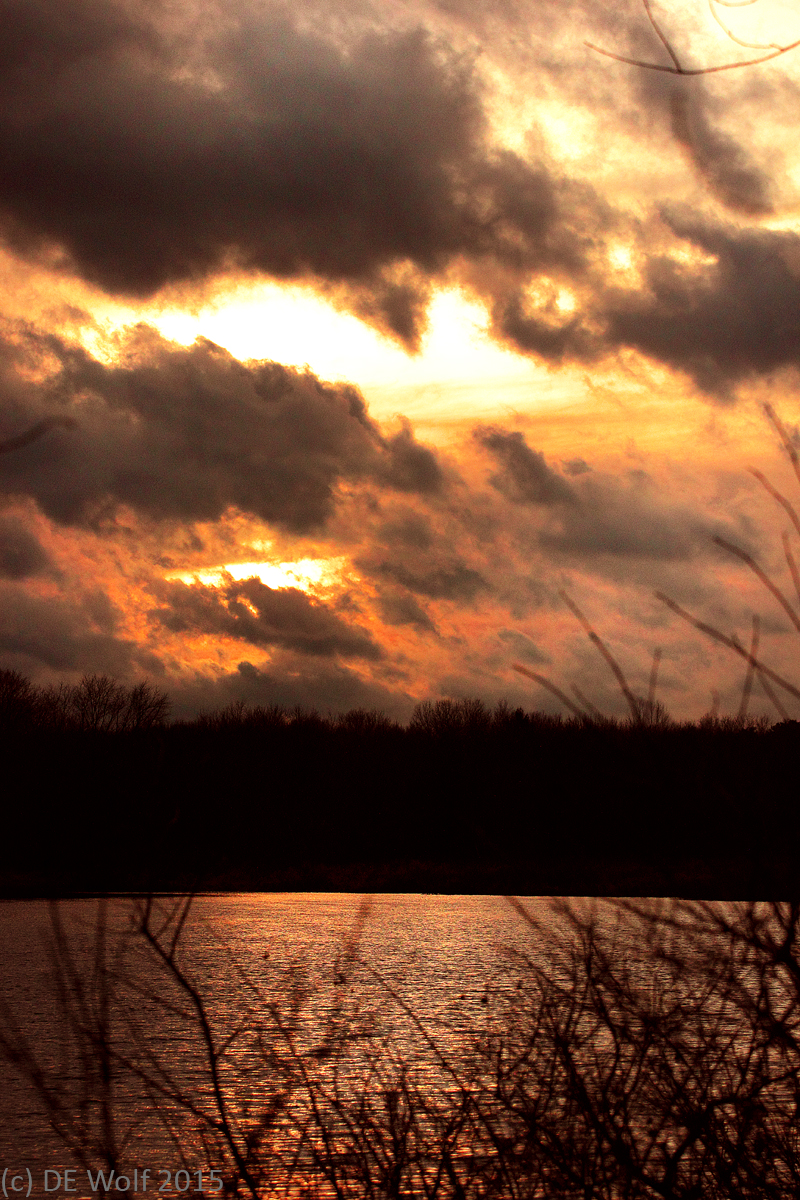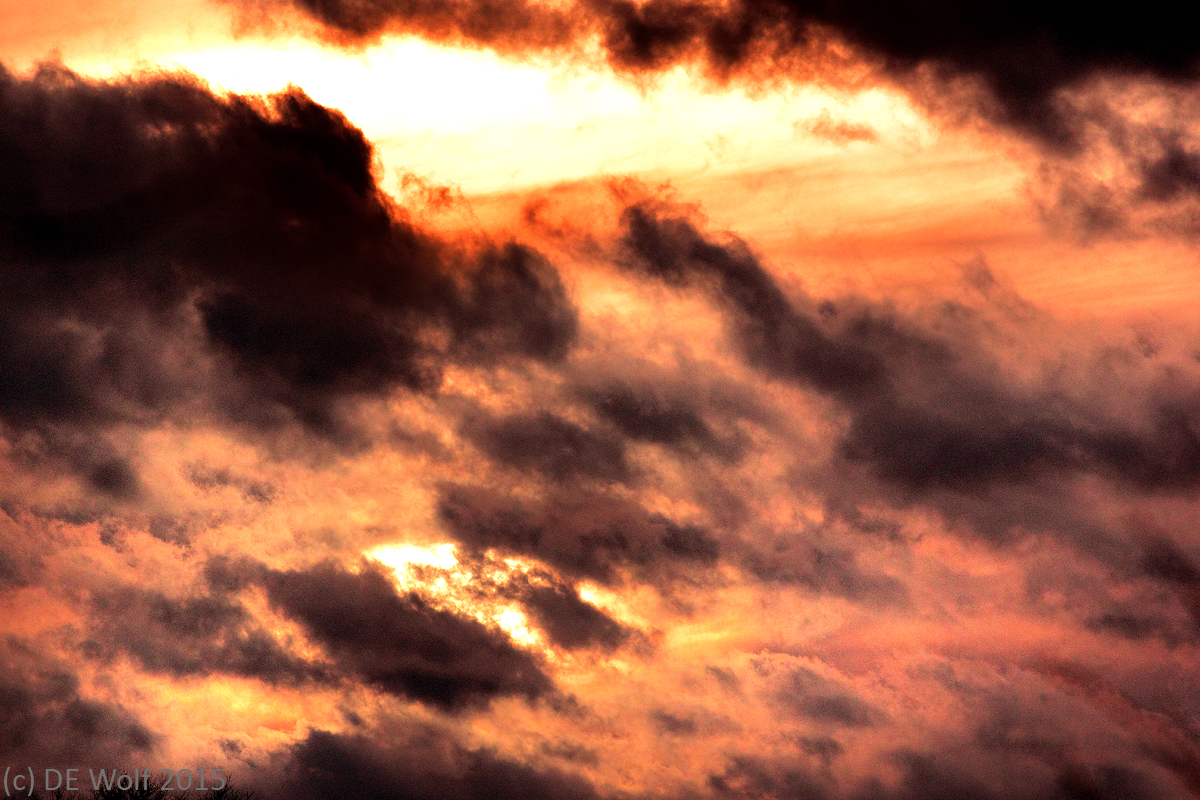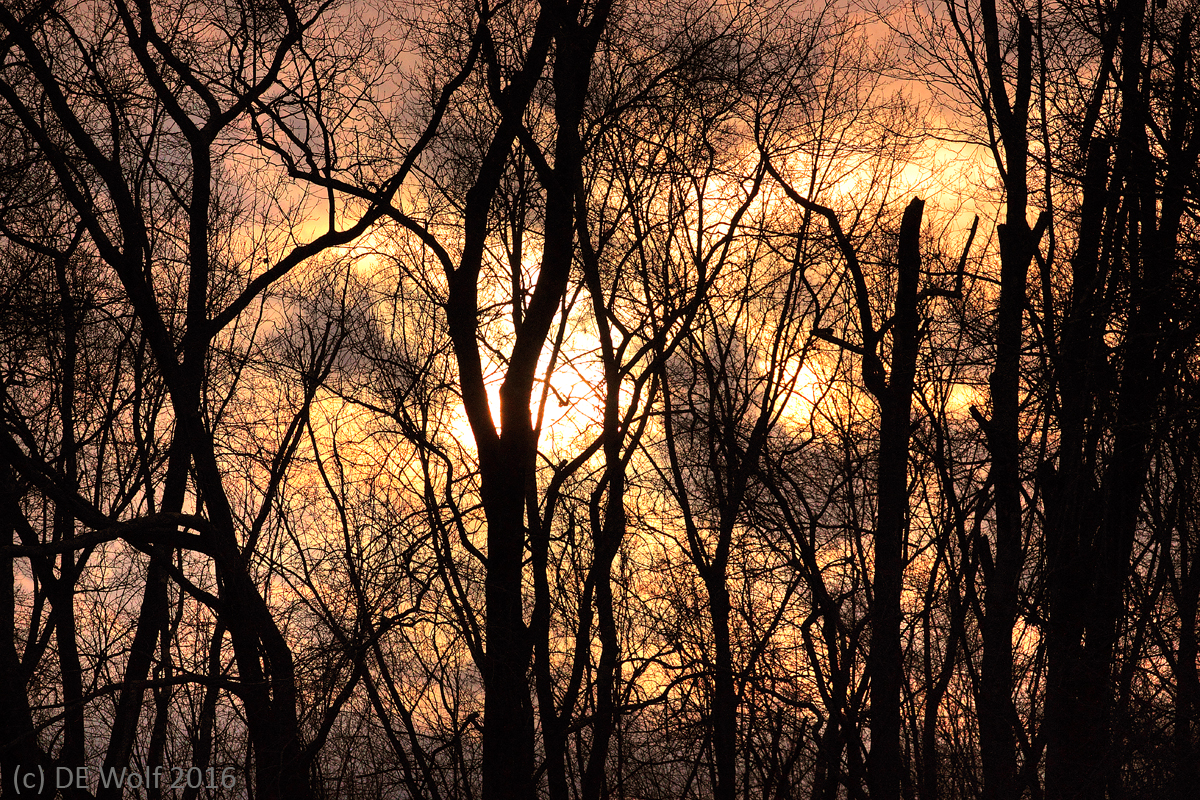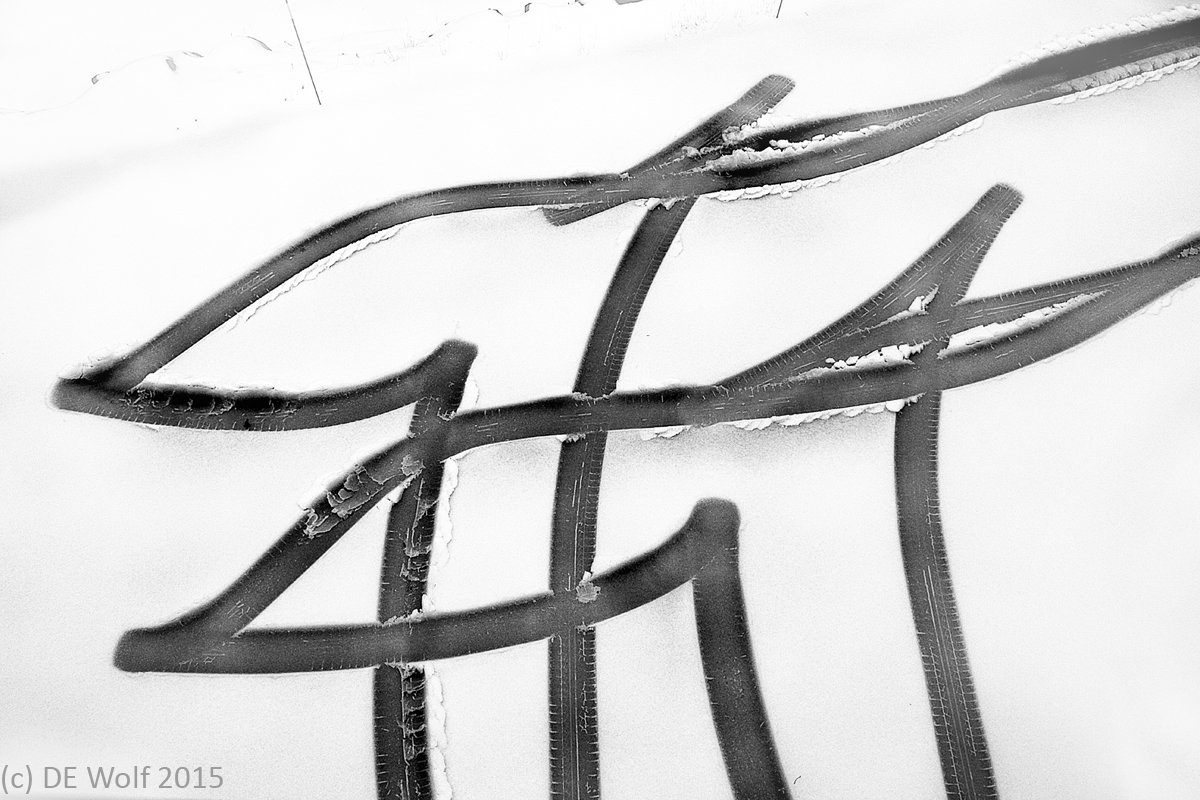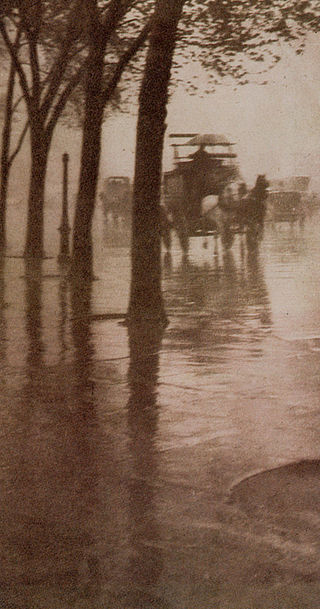Last Thursday, I happened upon one of those witty posts from “Purple Clover:”
“Question – If someone from the 1950’s suddenly reappeared today what would be the most difficult thing to explain to them about life today?
Answer – I possess in my pocket a device capable of accessing to entirety of information known to man. I use it to look at pictures of cats and get in arguments with strangers.”
It struck me that there was a lot of truth to this point, even though I am myself a great admirer of cute, cuddly, cat pictures. The cat after all is the symbol of greater knowledge and many of us have wondered whether they truly have a terrestrial origin and genesis.
On Friday I found myself on the MBTA Boston’s subway, the Red Line to be precise, and I mention that because therein rides the nation’s intelligentsia. The Red Line passes Harvard University, the Massachusetts Institute of Technology, and then the Massachusetts General Hospital. Anyway I was hanging from a strap – trying, of course, to minimize my contact with the pathogenic, microbial world inhabiting that strap, when I noticed that the people in front of me were all looking at their cell phones, reading emails, and looking at baby pictures. I turned around to realize that it was only I and the fellow a few seats away who was muttering to himself that weren’t looking at their cell phones.
So we have once more the profound question of whether all these people escaping to the internet are more connected or less connected. Certainly, if you project back into the world that was the domicile of the 1950’s fellow mentioned above, all of these people would be staring at books, newspapers, or otherwise blankly through everyone else, and especially through the poor fellow who was muttering to himself. Today’s rider of the Red Line while not connected to each other are, at least, connected to someone else – someone with babies. So I am not so quick to criticize!
And then there is another important point. I was recently out with friends for dinner and we were talking about a variety of topics. I was talking about my photography and immediately pulled my photographs up on my cell phone illustratively from the web. The subject turned to pictorialist photography, and snap I was able again to illustrate. So it is far from true really that we do not access the collective knowledge of mankind. This is only a small initial step towards extending and augmenting our brain-stored knowledge with machine-stored knowledge. The possibilities are limitless – ask the folks at Harvard, MIT, and MGH.
Hanging from that germy subway strap I began musing. You may recall in the play “Peter Pan” that every time a child says that they do not believe in fairies a fairy dies. We love you and believe in you Tinker Bell! Imagine that every teacher of English, history, science, or math who has inspired us, is like some Greek hero transformed into a star upon dying, and that every time someone makes the effort to look up a fact on their cell phone, recognizes the value of facts, that some not forgotten teacher’s star shines just a little more brightly. Imagine what it takes to create a supernova! Porter Square. It was my stop and I had to get off the train.

